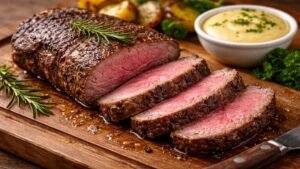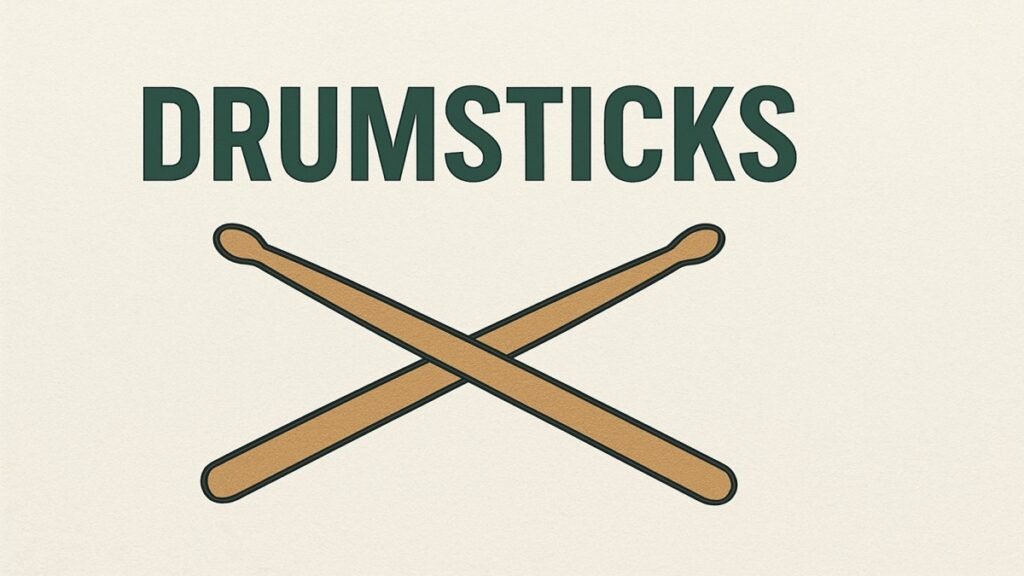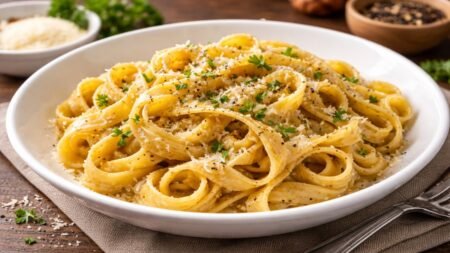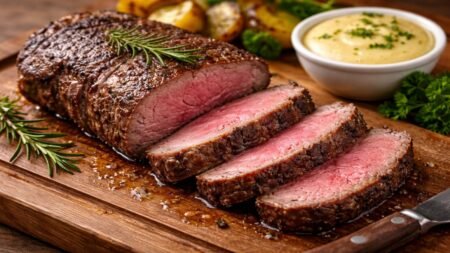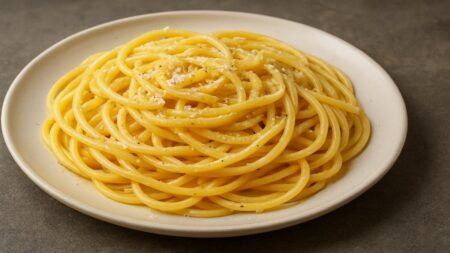Introduction
When you hear the word drumsticks, your mind might jump to crispy fried chicken, the long green pods of the moringa tree, or the wooden sticks used by drummers. Interestingly, all three share the same name but carry unique significance in our lives — food, health, and music. Let’s explore everything about drumsticks in detail.
Etymology of Drumsticks
The term drumstick comes from the resemblance of its shape to a stick used for beating drums. Over time, it became associated with chicken legs (similar in shape) and the elongated pods of the moringa tree.
Types of Drumsticks (Food vs Music)
- Vegetable drumstick (Moringa pods) – A nutritious vegetable widely used in South Asian cooking.
- Chicken drumstick – The lower part of a chicken leg, a global favorite in culinary traditions.
- Musical drumstick – A percussive tool that helps create rhythm and energy in music.
The Drumstick Vegetable (Moringa Oleifera)
Moringa oleifera, often called the drumstick tree, produces long pods eaten as vegetables. These pods are popular in Indian, Sri Lankan, and Southeast Asian cuisines.
Health Benefits of Moringa Drumsticks
- Rich in vitamins A, C, and K
- High in calcium and iron
- Acts as a natural immune booster
- Supports digestive health
- Improves skin and hair due to antioxidant properties
Popular Recipes Using Drumsticks (Vegetable)
- Drumstick Curry: A flavorful South Indian dish cooked with spices and coconut.
- Sambar with Drumsticks: A tangy lentil-based stew where drumsticks add depth.
- Drumstick Soup: A nutritious and healing recipe packed with vitamins.
Chicken Drumsticks
Chicken drumsticks are universally loved. From American fried chicken to Indian tandoori drumsticks, they are a symbol of comfort food worldwide. Grilling, roasting, and slow-cooking bring out their flavor in unique ways.
Health Aspects of Chicken Drumsticks
- Rich in protein and essential fats
- Provides zinc and B vitamins
- Can be high in fat and cholesterol if deep-fried
- Healthier options include grilling or baking
Musical Drumsticks
No drum kit is complete without drumsticks. They are the extension of a drummer’s hands, influencing tone, speed, and control.
Types include:
- Wooden sticks (maple, hickory, oak)
- Nylon-tipped sticks for brighter cymbal sounds
- Brush sticks for soft jazz playing
Drumsticks in Different Music Genres
- Rock & Metal: Thick, durable sticks for heavy beats.
- Jazz & Blues: Brushes and light sticks for smooth rhythm.
- Classical: Balanced sticks designed for orchestral percussion.
Craftsmanship of Drumsticks (Music)
The perfect drumstick balances weight, tip shape, and material. Manufacturers experiment with grip, coatings, and durability to meet drummers’ needs.
Cultural Significance of Drumsticks
In food, drumsticks symbolize nourishment and tradition. In music, they represent rhythm, energy, and expression. Across cultures, they connect people through meals and melodies alike.
Environmental Impact
- Moringa farming is eco-friendly and sustainable.
- Poultry farming, if intensive, raises environmental concerns.
- Wooden drumsticks lead to deforestation unless responsibly sourced.
Drumsticks in Pop Culture
From rock icons smashing drumsticks on stage to fast-food chains advertising chicken drumsticks, the term has become embedded in global culture. Collectible signed drumsticks from famous musicians are highly prized.
Future of Drumsticks
- Food innovation is bringing plant-based alternatives to chicken drumsticks.
- Eco-friendly woods and synthetic materials are being explored for musical drumsticks.
- Moringa drumsticks are gaining popularity as a superfood worldwide.
Conclusion
The word drumsticks may have multiple meanings, but all share a common trait — they bring joy, whether through taste, health, or music. From the kitchen to the stage, drumsticks will continue to be an essential part of our everyday lives.
FAQs
1. What are moringa drumsticks used for?
They are used in curries, soups, and stews for their nutritional value.
2. Are chicken drumsticks healthy?
Yes, they are rich in protein but should be cooked in healthier methods like grilling or baking.
3. Which wood is best for drumsticks in music?
Hickory is the most popular due to its durability and balance.
4. Why are they called drumsticks?
Because their shape resembles the sticks used to play drums.
5. Are drumsticks eco-friendly?
Moringa is sustainable, but chicken and wooden drumsticks raise environmental challenges depending on farming and sourcing methods.


